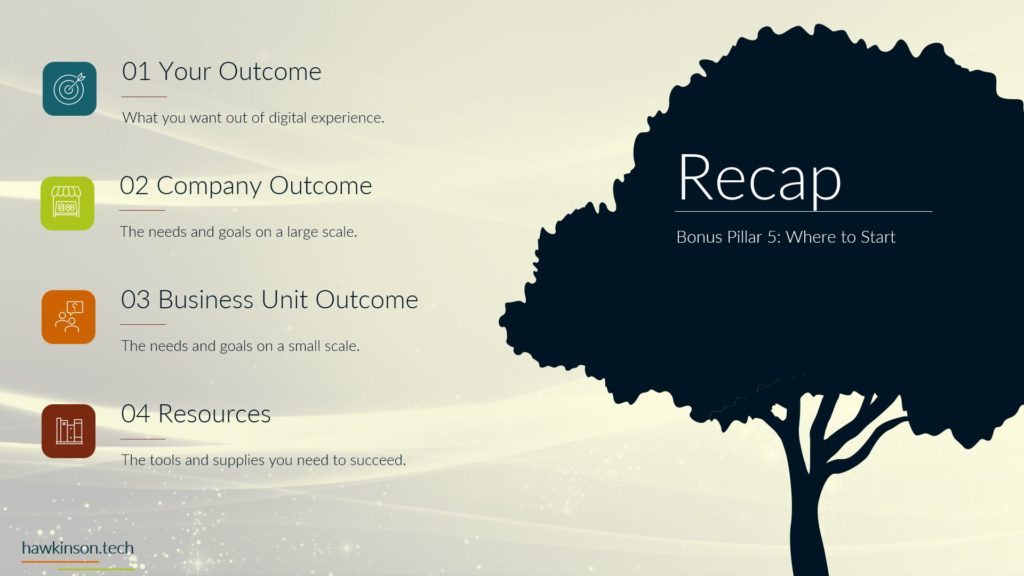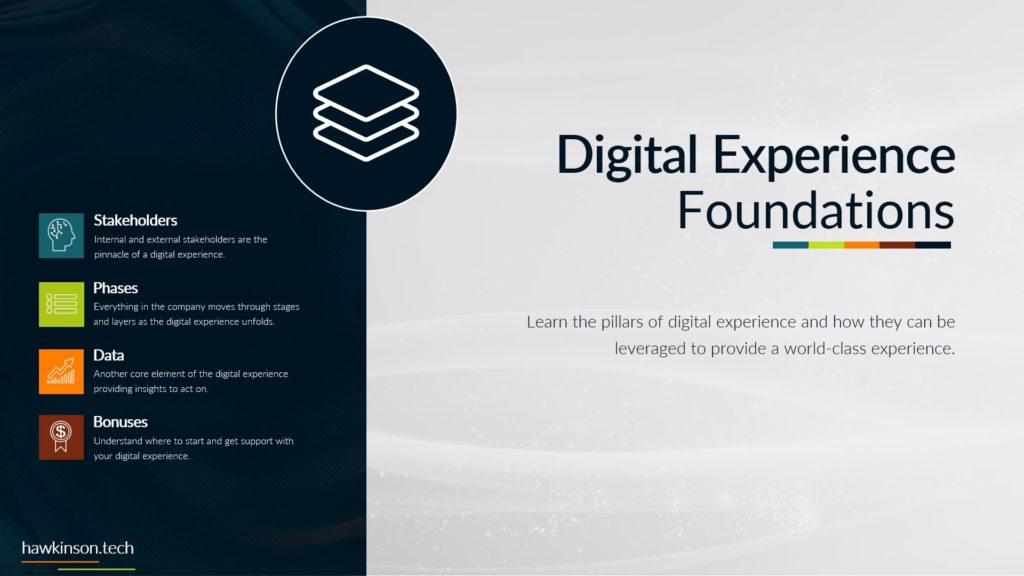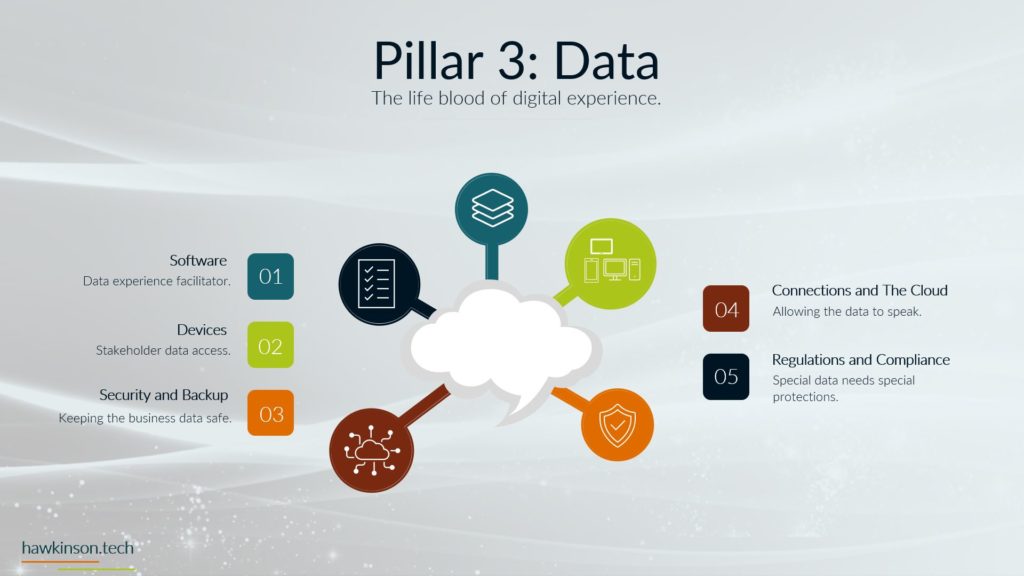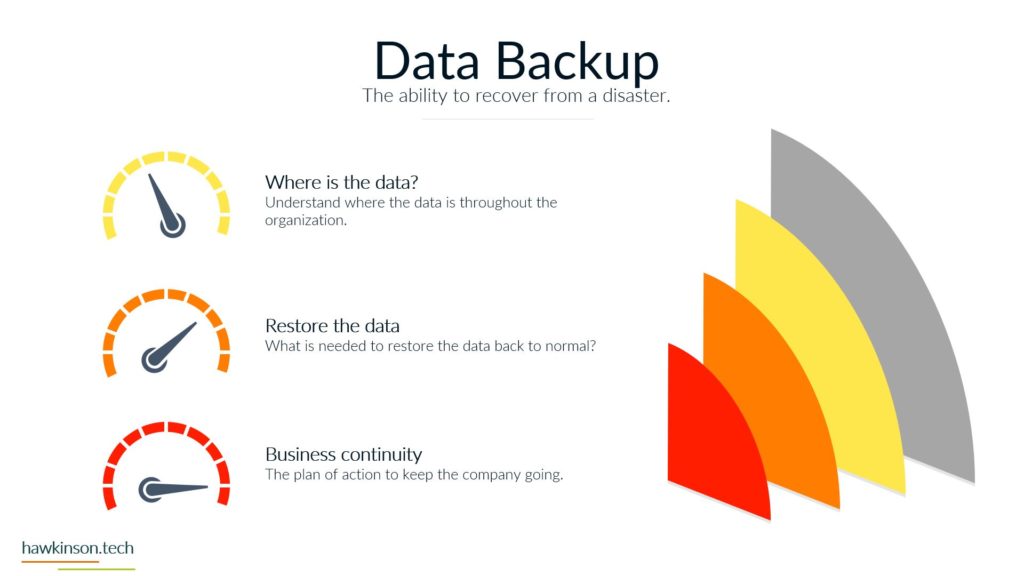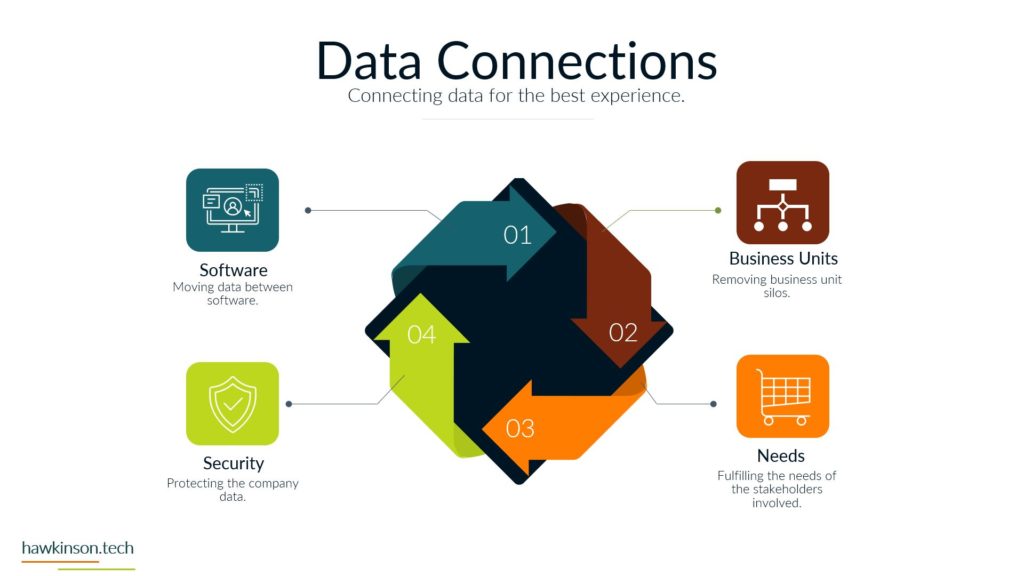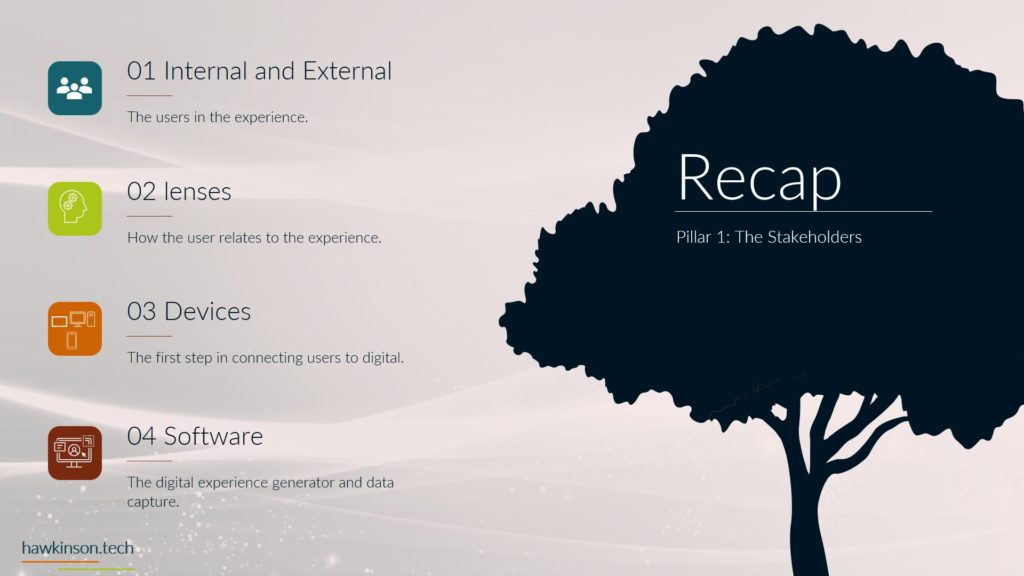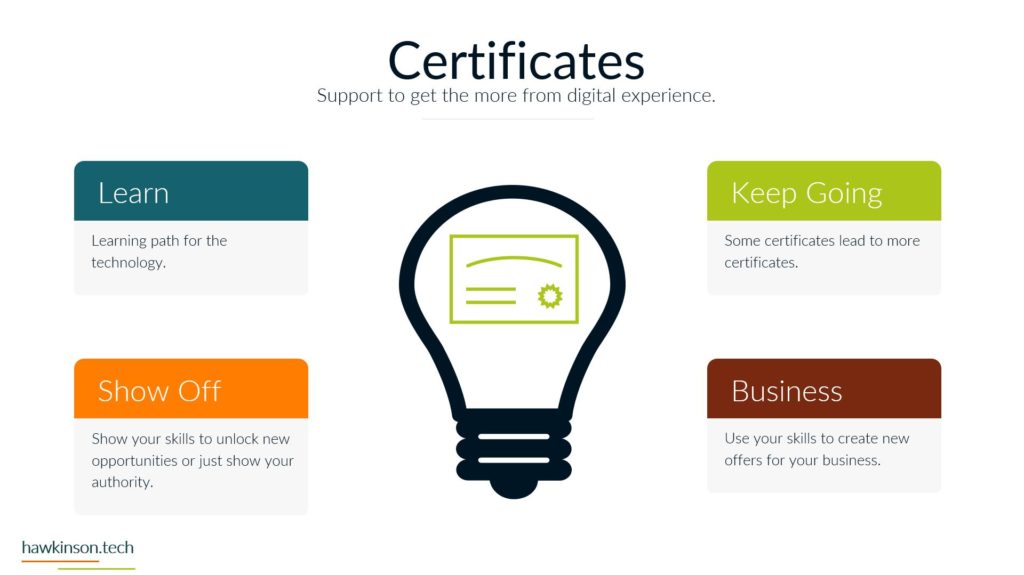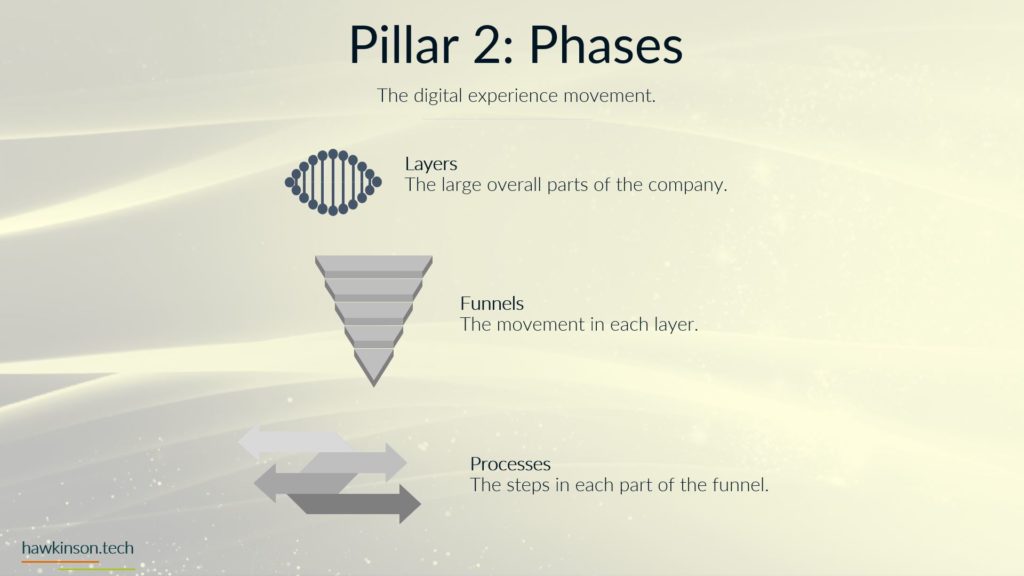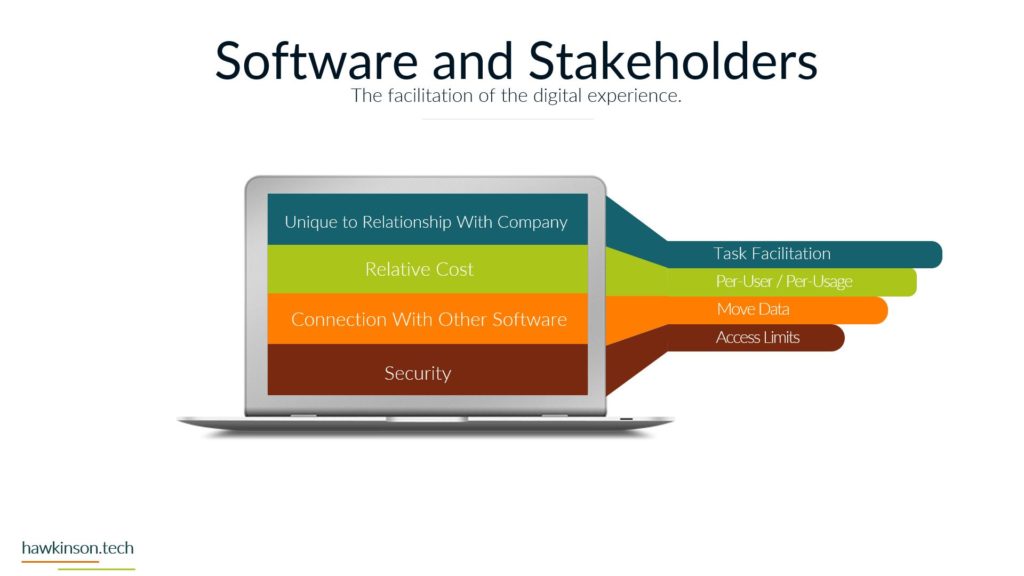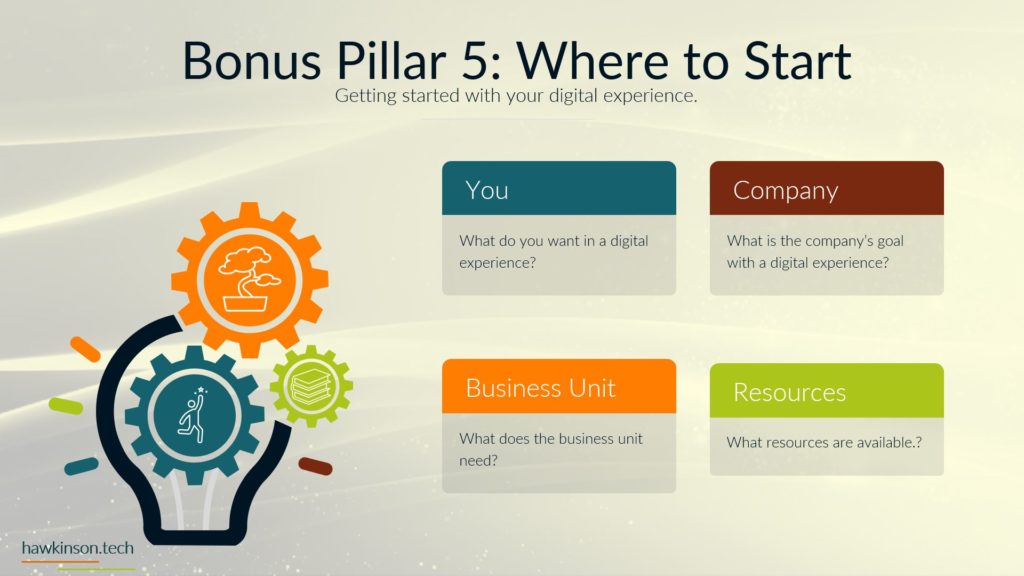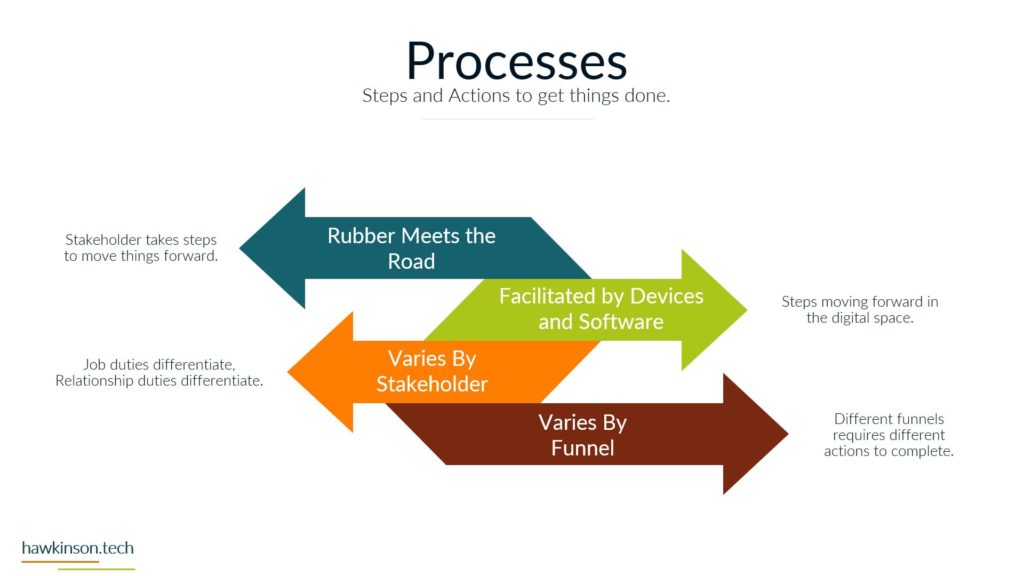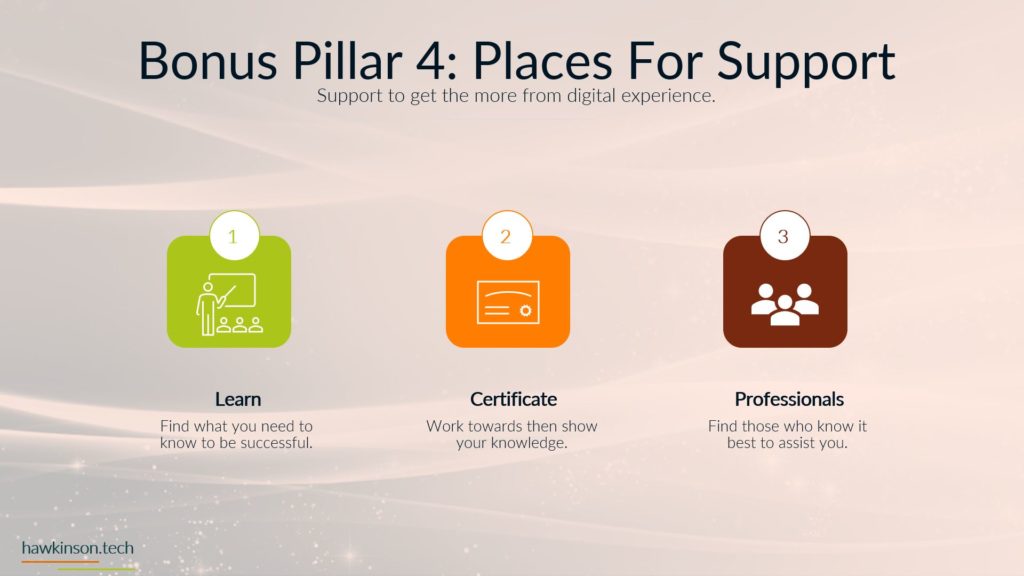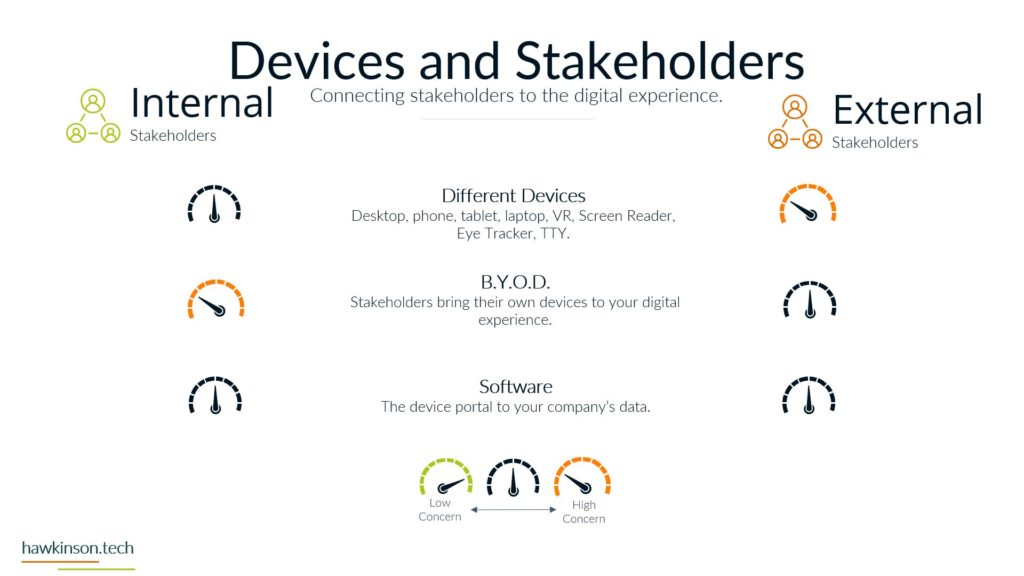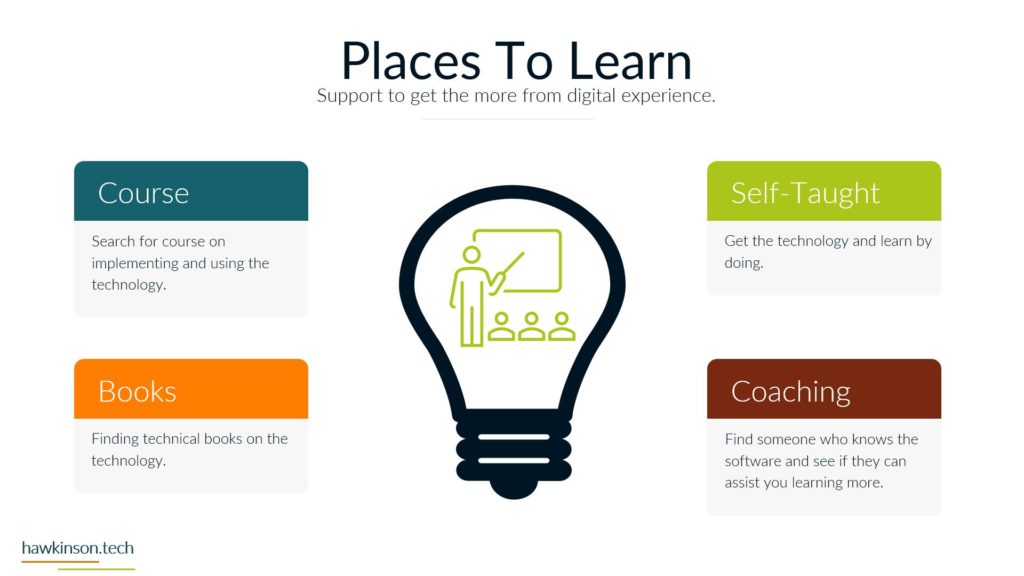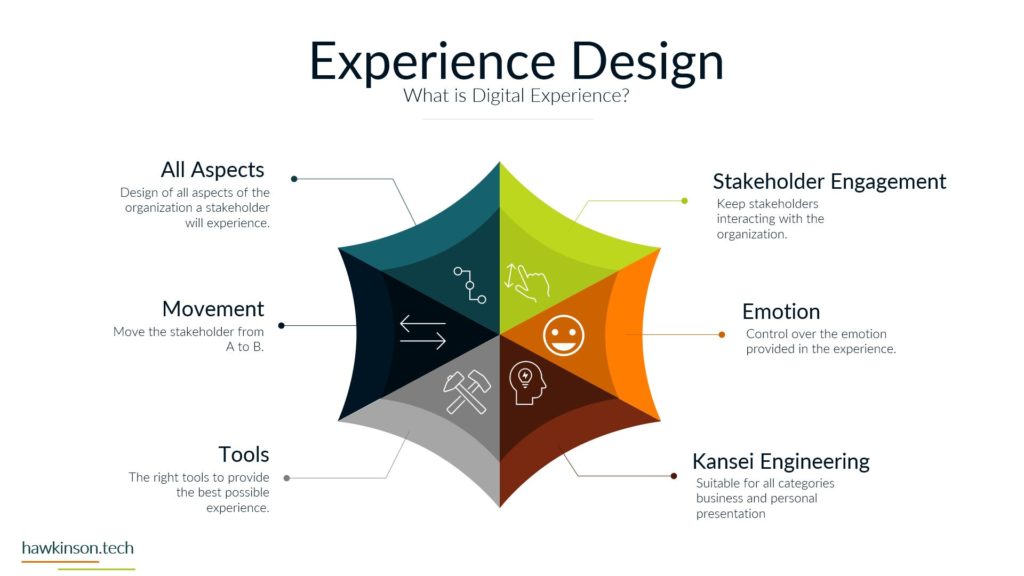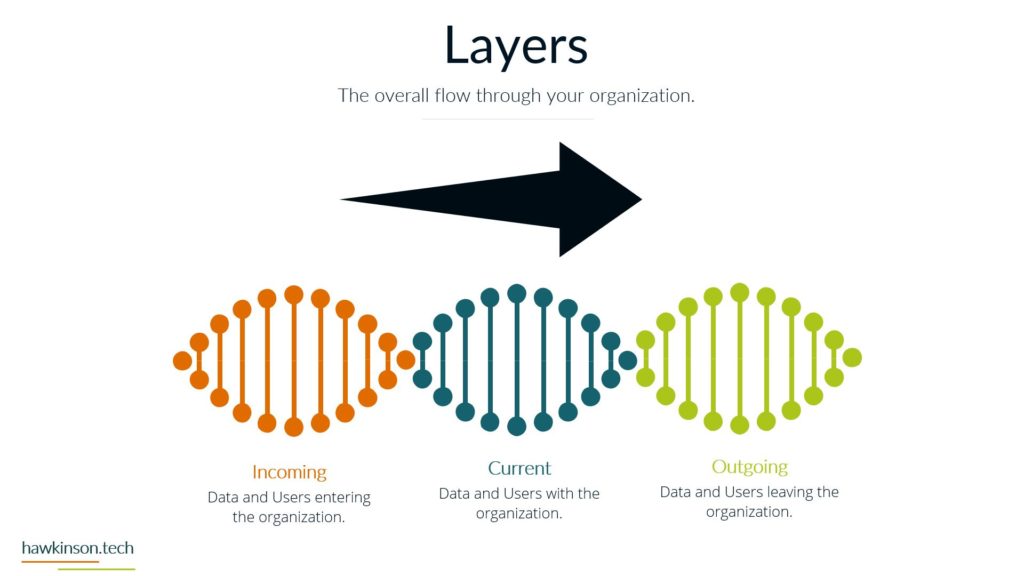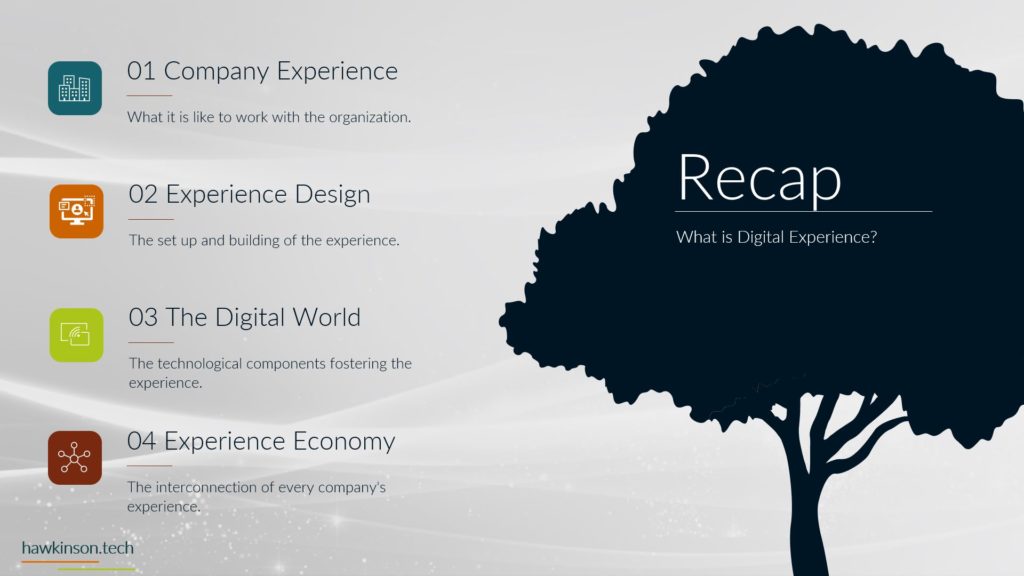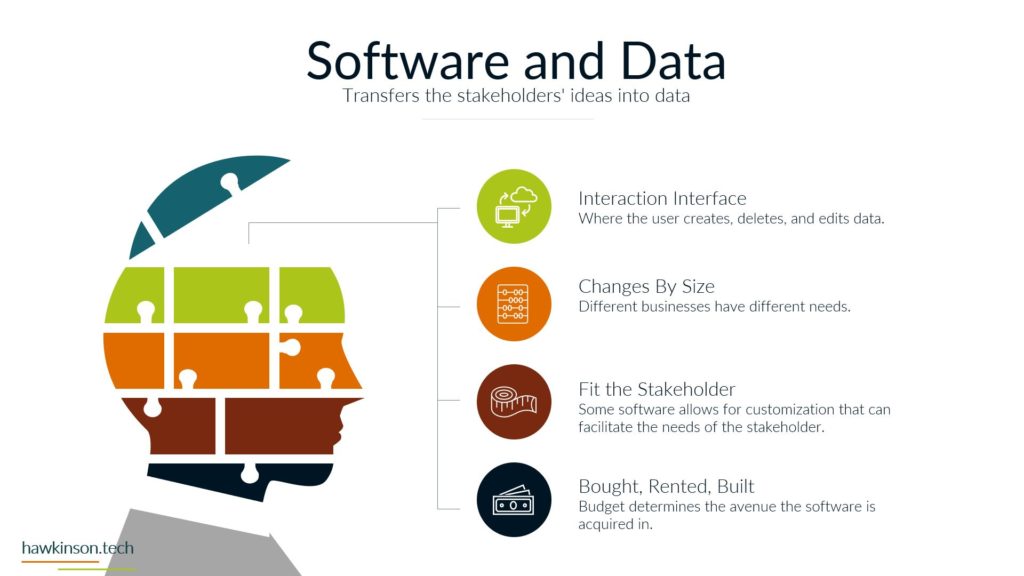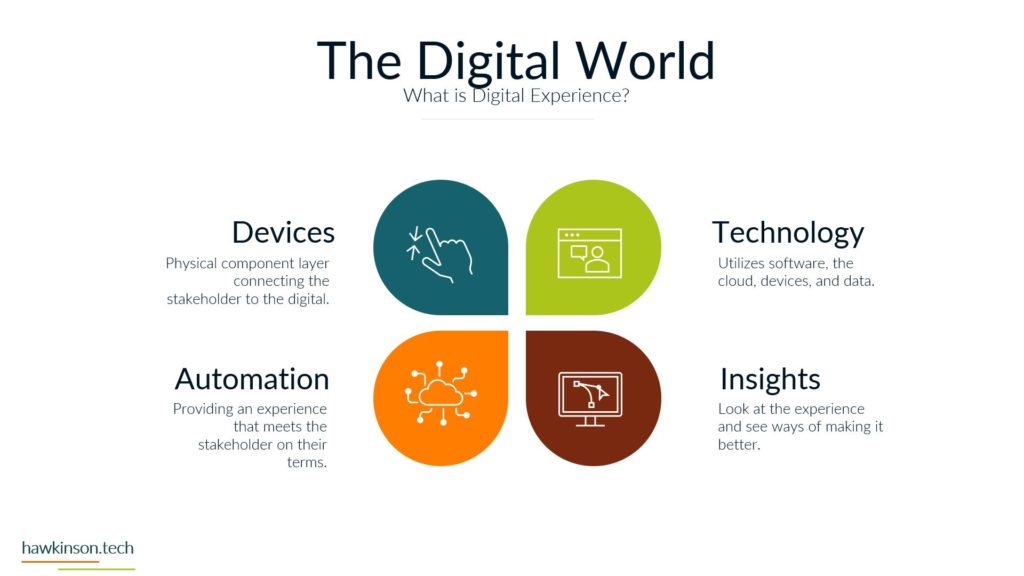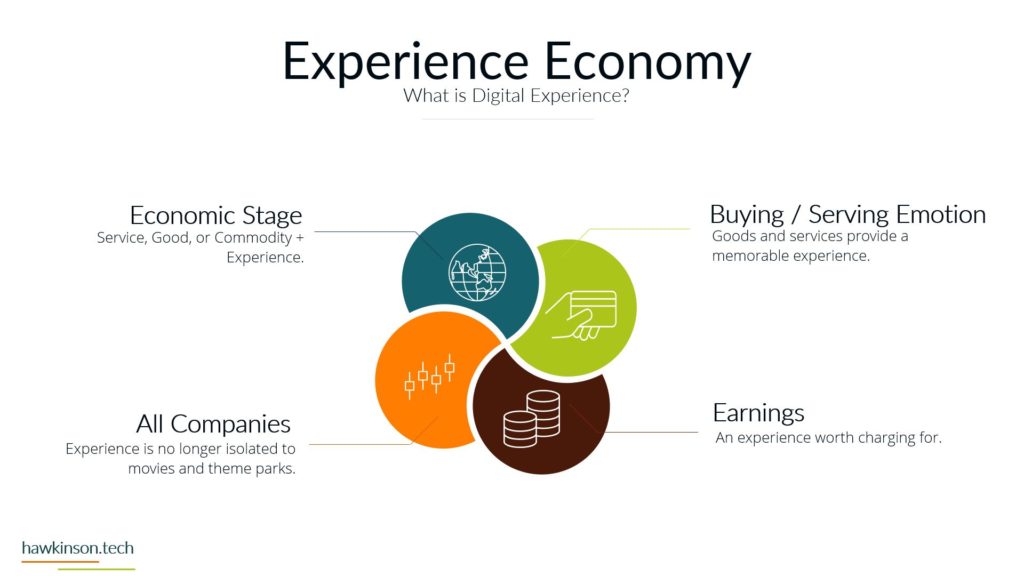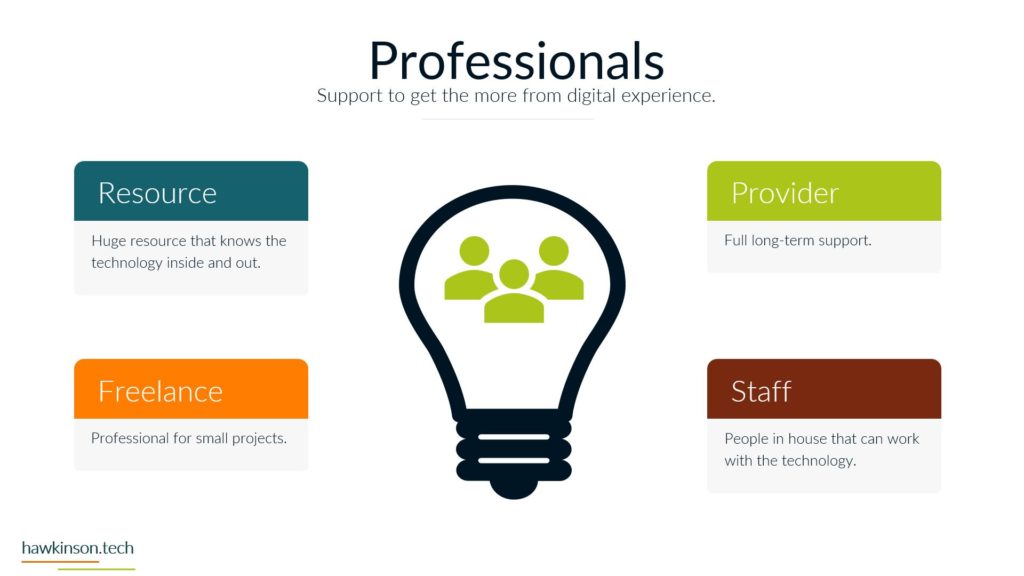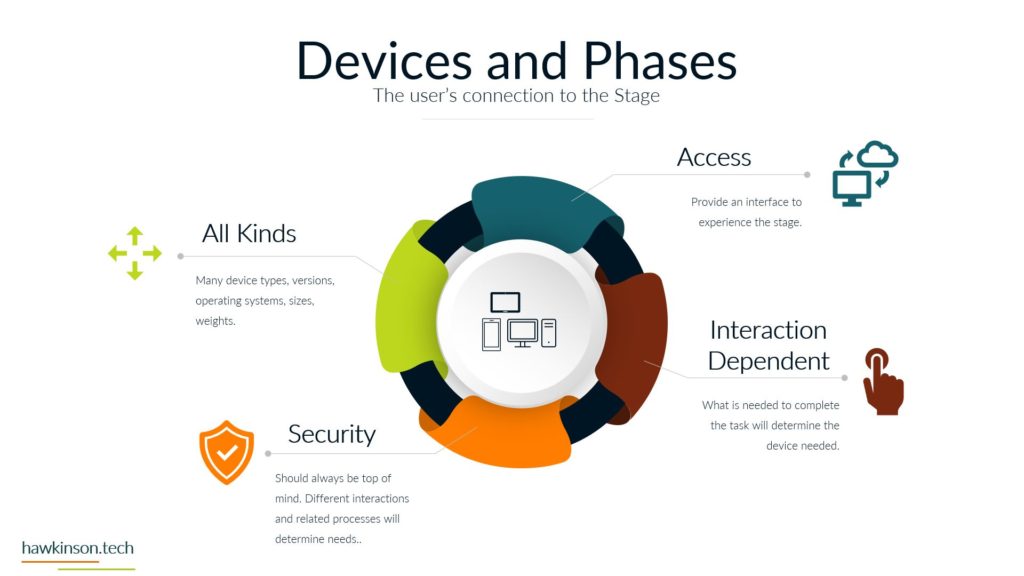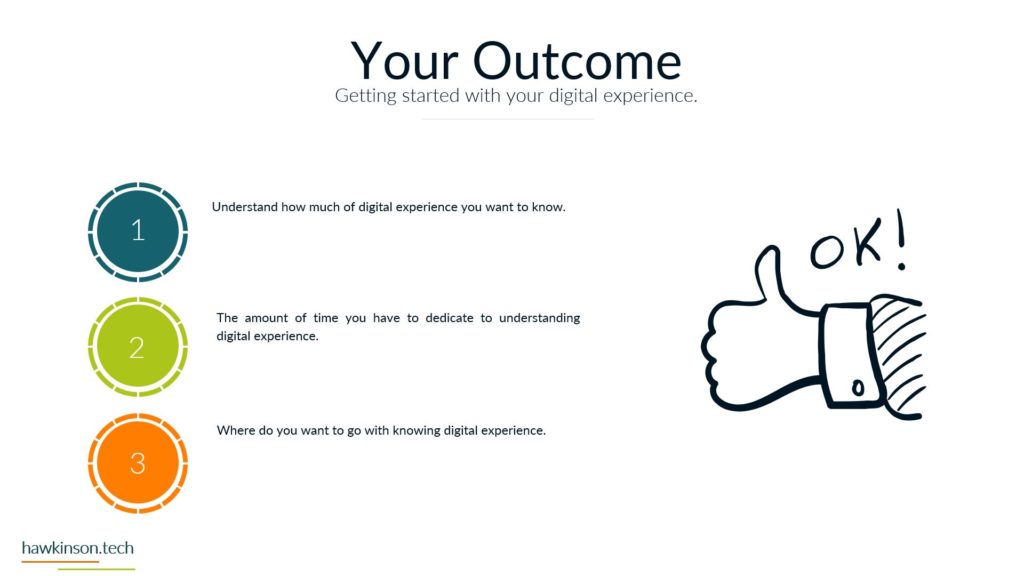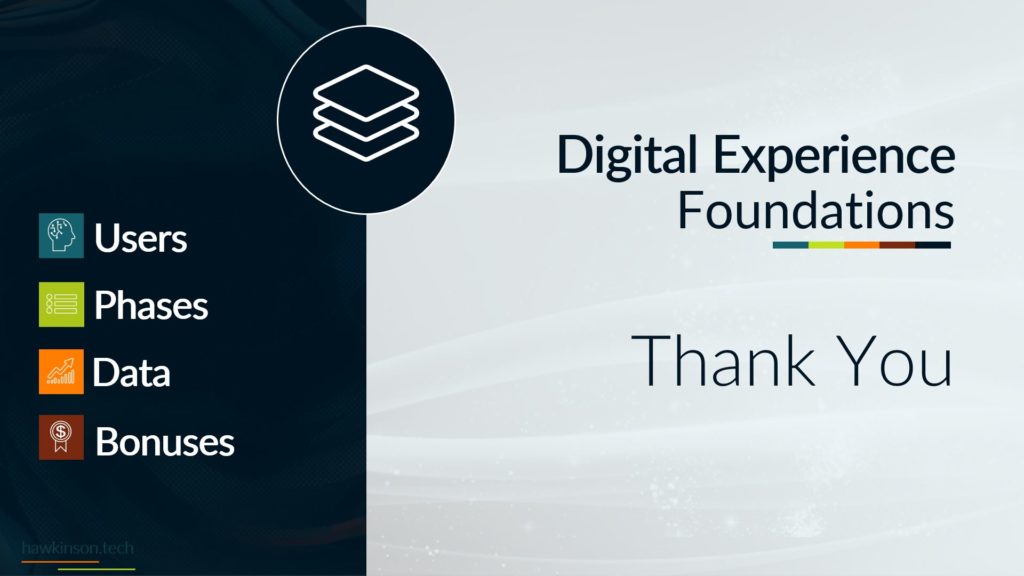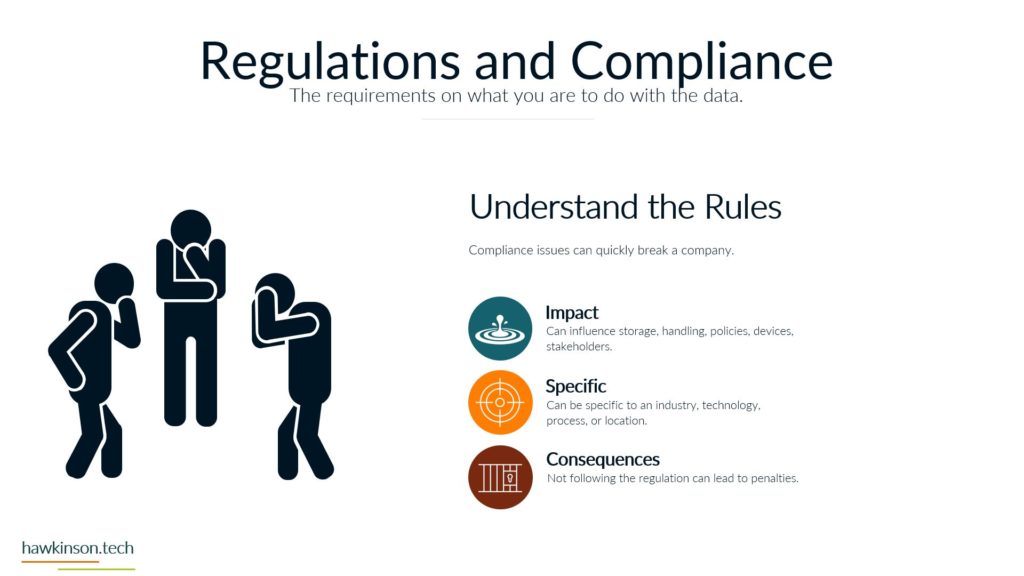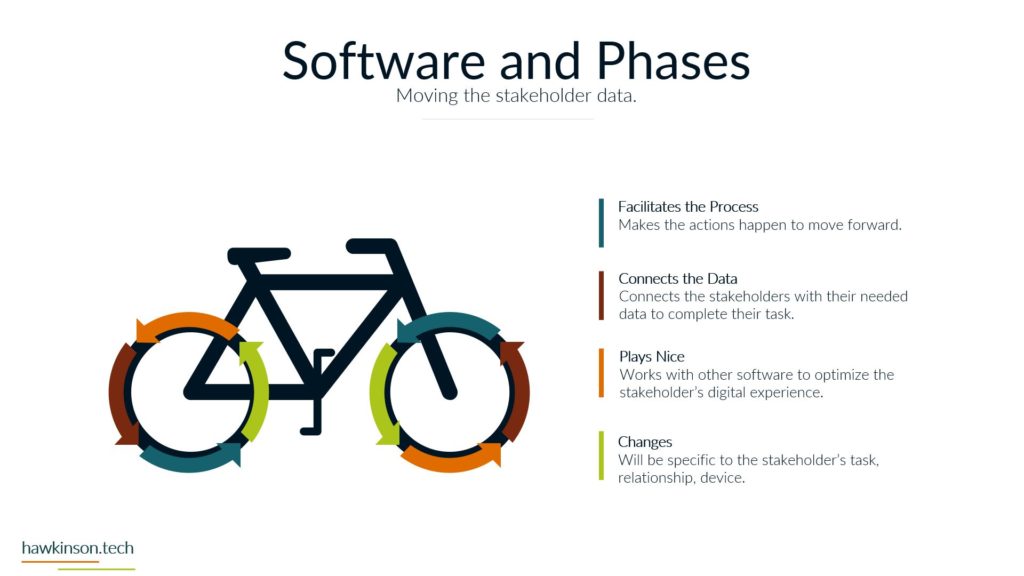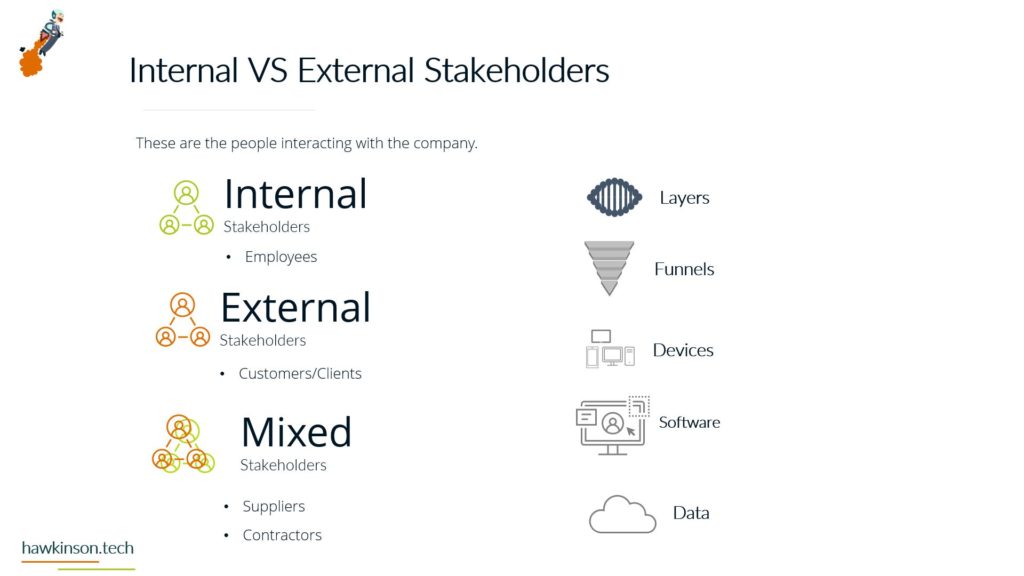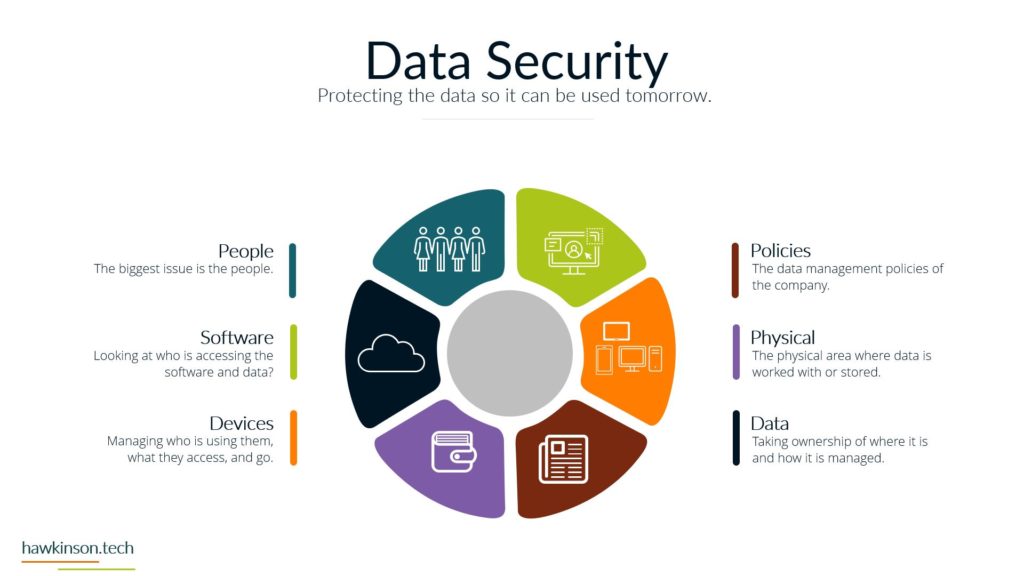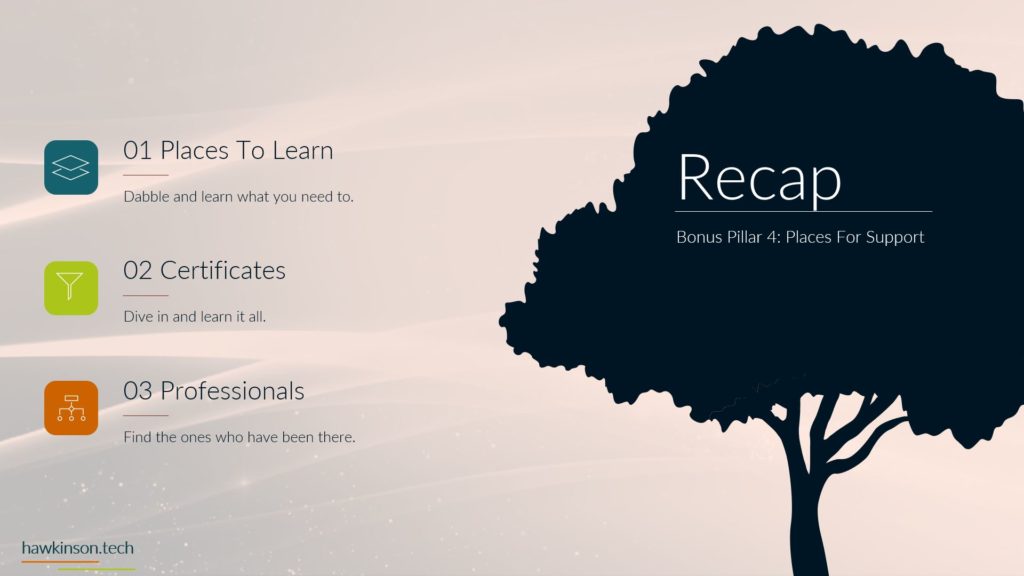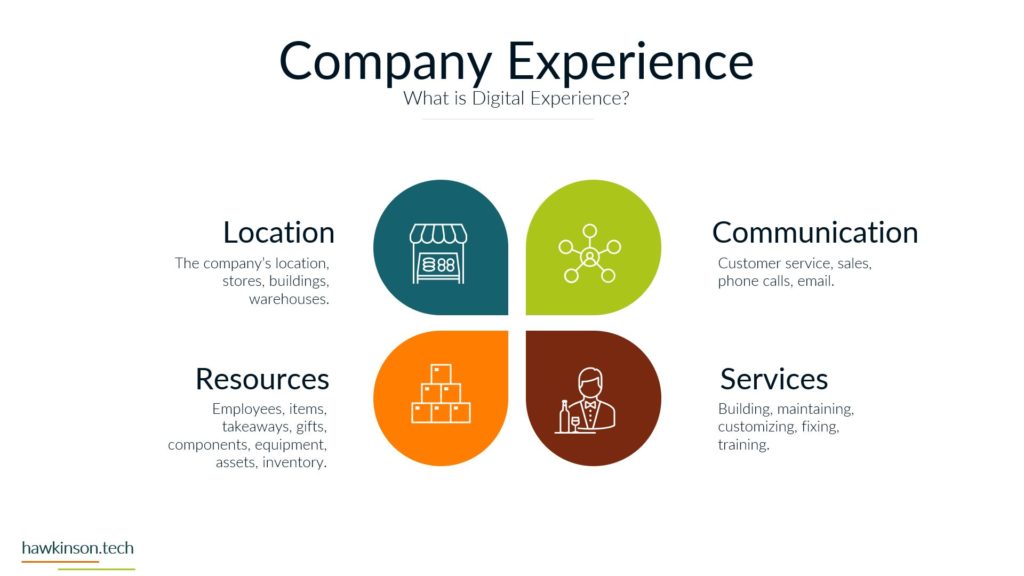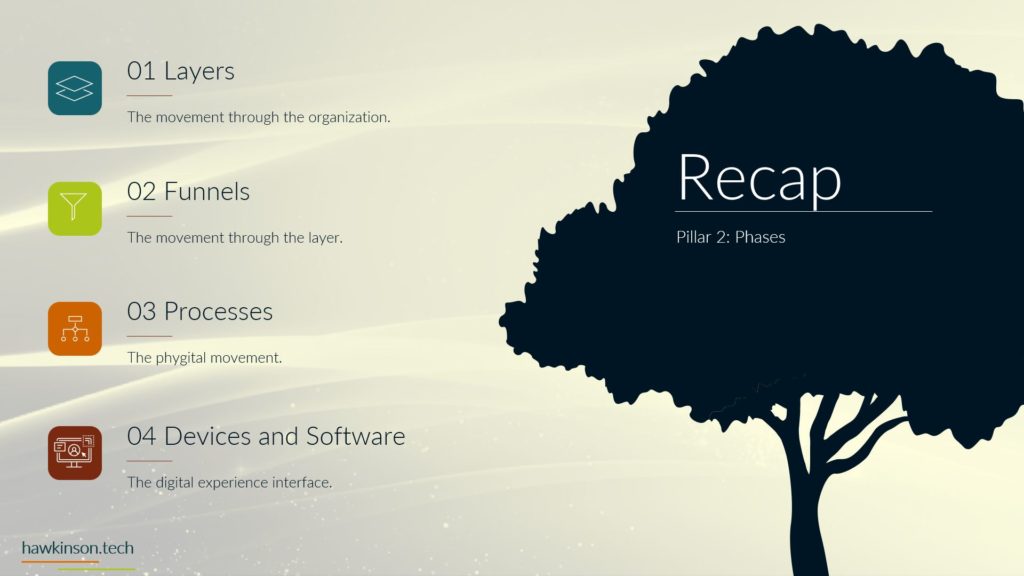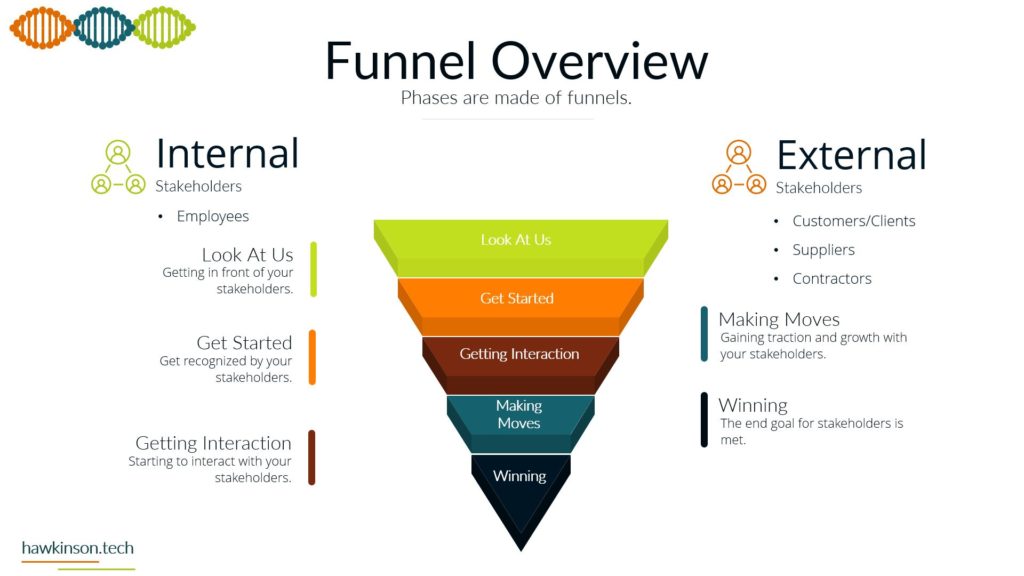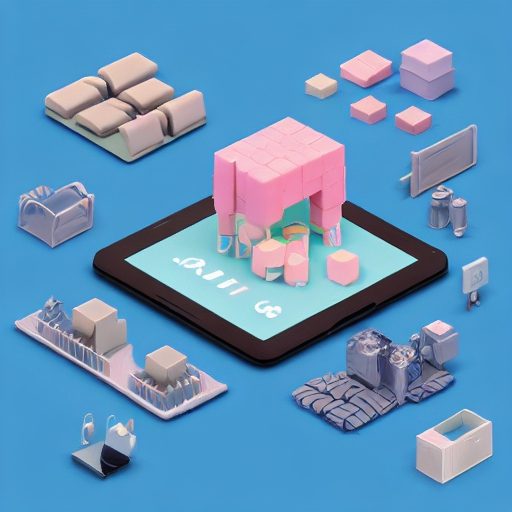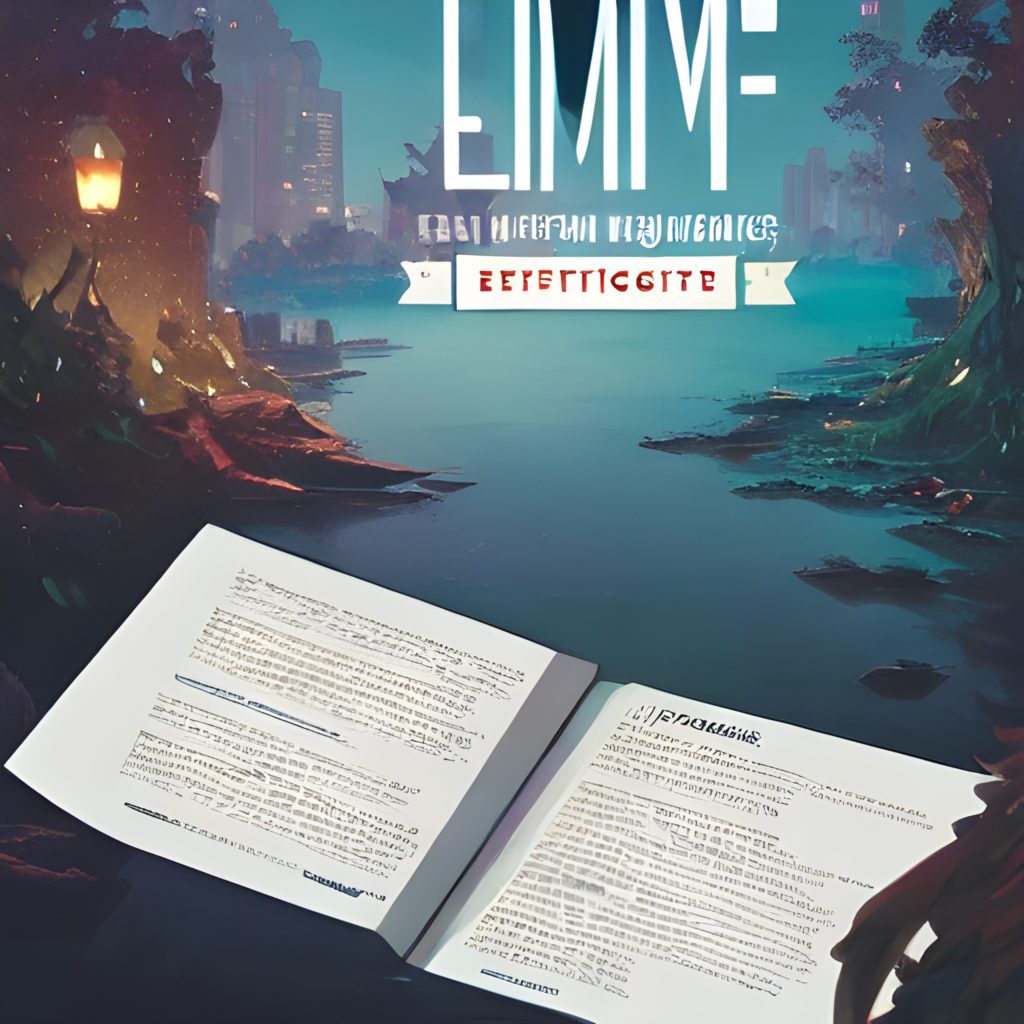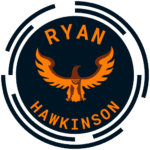In this part, we look at the various layers that move users and data through the company.
Digital Experience | Pillar 2 Phases | Lesson 1 Layers
Follow Me Elsewhere:
Play Video
Play Video
Alright, so let’s talk about the three different layers that we have with the organization. So when we’re talking about layers, what we’re talking about is essentially a movement from one part of the organization to the other, essentially kind of like a customer lifecycle or a stakeholder life cycle, if you will. So the first layer that. We have is going to be our incoming layer and this stage of the organization. We have individuals, stakeholders, data and devices, software, all of that coming into the company and we’ll see here in a SEC how that layer can then get broken down into funnels and order to actually make the movement at that layer. So at this part we’re just bringing everything in. This can be sales and getting in new leads, qualifying those leads we can sell to them. Other items in later, later layers, this is also looking at, you know, internal stakeholders coming into the organization that we’re going to work with as employees and so testing their fit and making sure that they’re going to work well with the organization. The next layer we have is our current layer. This is where we have users and stakeholders, devices and software that are currently being utilized by the organization. So we’re going through and we’re maintaining those. We’re making those better. We’re trying to do upsells and cross sells and get all of that depends on the stakeholder or the item that we’re actually targeting. So in a sales situation, looking at external stakeholders, this can be doing cross sales and upsells to make sure that we’re maximizing the money that we can make out of that particular stakeholder. For internal stakeholders, this can be upskilling them, making sure that we’re continually training them and that they’re able to do just about. You need to ask them to give them or that they can, you know have the most success in working with the organization. This can also mean making sure that our data devices are well maintained and that we’re doing what we can to get insights in those and making sure that they’re still fitting the needs of the organization. And then the last layer we have is our outgoing layer and this is where we are going through and moving things away from the organization and. Sales or with external stakeholders, this can be an interesting ground just because we might have sick people that have purchased from us that might have been dissatisfied, so they’re leaving the organization. But we can’t do some things like retention to make sure that that doesn’t happen. For internal stakeholders, this can be users that are resigning or retiring from the organization. For devices, it can be things that no longer meet the needs of the organization. So we have to go through and. Hired those items in order to bring on new items and then each of those will have different funnels that they go for. So looking at that, then this is how we would break those layers down into funnels. So we just moved from the kind of left to the right in order to establish each of these layers and then we break each of those layers down into a particular funnel. So these funnels are the ways that we’re actually moving. Things through and then in each of these parts of the funnels, would that be business processes that are actually making the steps. So looking at incoming, for example, the incoming funnel might be, if it’s a sales funnel, maybe it’s setting up content to where we’re getting users to recognize the brand. Then the next stage of the funnel is I’m filling out a form, a sales Rep reaching out to them and at the end of the funnel is the sales Rep making that sale for internal stakeholders, this could be similar. More with like a job offer and then discovering the job and then subsequently going through the processes to get the job. Then we have our next layer which is current. And in the current, this can be having funnels where we’re upskilling people, where we’re taking somebody looking at their current job and seeing where they want to go with the organization and then setting up the processes in order to help make that happen. And then just as we see them before, we have a funnel for outgoing as well. So this is what things we need to do in order to retire that device or if somebody is resigning from the organization what that looks like. So in the next section we’re going to go and deep dive into these different funnels and break them down for internal and external stakeholders in a particular layer.
Related Content
More Content
Marketing Manager Software helps businesses create successful marketing campaigns and projects. It automates tedious tasks and helps streamline complex processes, allowing you to focus on the creative side of your marketing strategy. With this software, you
Organizations can create impactful digital journeys by enhancing user interaction, building a robust digital infrastructure, streamlining processes through automation, and leveraging data-driven insights. Tailoring experiences to device types ensures seamless interactions, while a strong technology foundation
If you want to take full advantage of SEO, you must learn and use keywords effectively. Here are 4 types of keywords you should know and use.
Discover effective examples of email marketing campaigns that enhance engagement and drive conversions. Explore strategies like welcome email series, newsletter campaigns, abandoned cart emails, re-engagement campaigns, personalized recommendations, and seasonal/holiday campaigns. Learn how to nurture relationships,
Email marketing is a versatile and effective strategy that can be applied across industries to engage customers, drive sales, and build relationships. This article explores the application of email marketing in industries such as retail, healthcare,
CRM platforms are software applications or systems created to assist organizations in analyzing and processing their interactions and connections with clients, leads, and prospects. By centralizing and streamlining the process of gathering, preserving, and managing consumer
Understand the importance of user profiles in software applications and how they enhance personalization and user experience. Learn about the features and benefits of user profile form builders, enabling businesses to collect and manage user data
